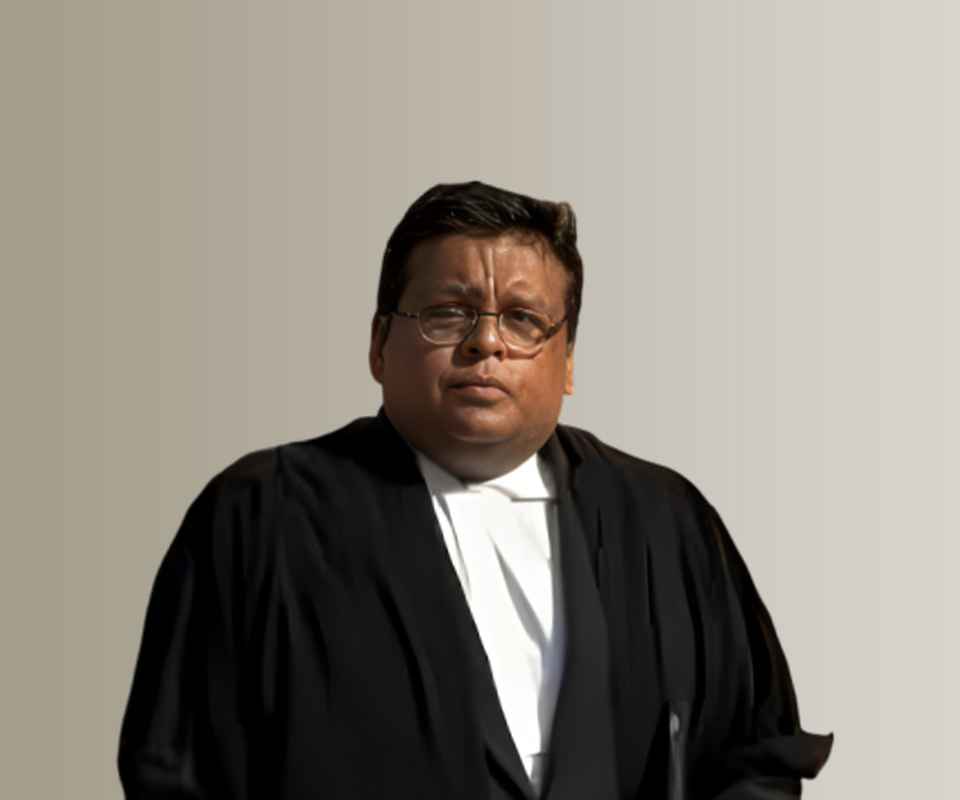Answer By law4u team
The timeline of an international arbitration case depends on various factors, such as the complexity of the dispute, the arbitral rules chosen by the parties, and the efficiency of the tribunal. Typically, arbitration is designed to be a faster and more efficient alternative to court litigation. However, the length of the proceedings can vary depending on the scope of the issues, the number of parties, and how promptly the parties and tribunal handle procedural matters. Below is an overview of the typical timeline and key stages involved in an international arbitration case.
Timeline of an International Arbitration Case
Pre-Arbitration Stage:
Timeframe: Typically 1-2 months
Key Activities:
- Dispute arises: The parties encounter a disagreement, which leads to the initiation of arbitration.
- Review of Arbitration Agreement: Parties review the arbitration clause in their contract to confirm the procedure for initiating arbitration.
- Notice of Arbitration: The claimant sends a notice of arbitration to the respondent, outlining the nature of the dispute, the claims, and the desired outcome.
- Selection of the Arbitral Tribunal: The parties agree on the appointment of the arbitrators, or if they cannot agree, the arbitral institution appoints them.
Example: In a breach of contract dispute, once the dispute is identified, the claimant sends a notice to the respondent outlining the claims and invoking the arbitration clause.
Preliminary Procedural Conference:
Timeframe: Typically 1-2 months after the notice of arbitration
Key Activities:
- Tribunal’s First Procedural Order: The tribunal issues a procedural order that outlines the timeline for the arbitration and sets deadlines for filing submissions and document exchange.
- Scheduling the First Hearing: The tribunal and the parties agree on the date of the first hearing (if required).
- Discussion of Procedural Issues: The parties and tribunal discuss any preliminary issues, such as the scope of the arbitration, the timeline for submissions, confidentiality issues, and the format of the hearings.
Example: In an international trade dispute, the tribunal might issue a procedural order setting the deadlines for the claimant’s statement of claim, respondent’s statement of defense, and other procedural steps.
Exchange of Pleadings:
Timeframe: Typically 3-6 months
Key Activities:
- Claimant’s Statement of Claim: The claimant submits a detailed statement of claim, which sets out the legal and factual basis for the dispute.
- Respondent’s Statement of Defense: The respondent submits a statement of defense, responding to the claimant’s allegations and outlining their own defenses.
- Counterclaims and Reply: If applicable, the respondent may file a counterclaim, and the claimant may submit a reply to address the counterclaim.
Example: In a construction dispute, the claimant might file a statement of claim detailing the defects in the construction project, while the respondent may dispute these claims and file a statement of defense.
Document Production and Disclosure:
Timeframe: Typically 2-4 months
Key Activities:
- Document Exchange: The parties exchange relevant documents to support their claims and defenses. This phase may also involve document production requests, guided by the IBA Rules on the Taking of Evidence or the rules of the arbitral institution.
- Tribunal’s Ruling on Document Requests: The tribunal may rule on whether the requested documents are relevant and should be produced by the opposing party.
Example: In a dispute over the delivery of goods, the claimant may request shipping invoices, delivery receipts, and communications to substantiate their claims.
Expert Reports and Witness Statements:
Timeframe: Typically 2-3 months
Key Activities:
- Expert Reports: Experts are appointed to address technical issues or complex areas of the dispute. The parties submit written expert reports that are exchanged.
- Witness Statements: Witnesses for both parties provide written witness statements detailing their version of the facts and the issues in the case.
Example: In a dispute over intellectual property, experts might be appointed to provide technical analysis of patent infringement claims, and witnesses will provide statements regarding the alleged infringement.
Hearings:
Timeframe: Typically 1-2 months
Key Activities:
- Oral Hearings: The tribunal conducts hearings where parties present their arguments, cross-examine witnesses, and examine expert reports. These hearings can take several days depending on the complexity of the case.
- Tribunal’s Questions: During hearings, the tribunal may ask questions to clarify points raised in the written submissions.
Example: In a contractual dispute, the claimant and respondent would both present oral arguments during the hearing, and witnesses would be cross-examined to test the credibility of their testimony.
Post-Hearing Submissions:
Timeframe: Typically 1-2 months
Key Activities:
- Post-Hearing Briefs: After the hearings, the tribunal may allow the parties to submit post-hearing briefs to address any additional points raised during the hearings.
- Closing Submissions: The parties make their final written submissions to the tribunal, summarizing their arguments and evidence.
Example: After the hearings, the parties might submit final briefs summarizing their positions, highlighting key evidence, and making their last arguments to the tribunal.
Deliberation and Award Issuance:
Timeframe: Typically 2-4 months
Key Activities:
- Tribunal’s Deliberation: The tribunal deliberates on the case, considering the evidence, arguments, and legal principles before reaching a decision.
- Drafting the Award: The tribunal drafts the award, which includes the reasoning for the decision, the findings of fact, and the final order (e.g., whether the respondent must pay damages).
- Issuance of the Award: The final award is issued and sent to the parties. The parties are informed of the outcome of the arbitration, including any remedies or orders.
Example: In a breach of contract case, the tribunal might issue an award stating that the respondent is liable for damages and must pay the claimant a certain amount of compensation.
Factors Affecting the Timeline:
Complexity of the Dispute:
The more complex the dispute, the longer the timeline will likely be. Cases involving technical issues, multiple parties, or large amounts of evidence may take longer than simpler commercial disputes.
Arbitration Rules:
The rules of the arbitral institution (e.g., ICC, LCIA, SIAC) can affect the speed of the proceedings. Some institutions provide expedited arbitration procedures for cases that require faster resolution.
Party Cooperation:
The timeline can be significantly affected by how cooperative the parties are in adhering to deadlines, providing documents, and engaging with the process. Delays in submitting pleadings or documents can lengthen the process.
Tribunal Efficiency:
The efficiency of the tribunal in managing the process, issuing orders, and addressing procedural issues promptly will influence the timeline. A well-organized tribunal can often expedite the process.
Challenges to Jurisdiction or Procedure:
If there are disputes over the tribunal's jurisdiction or procedural issues, this may delay the arbitration. Such challenges can require additional hearings or submissions before the tribunal can proceed.
Example:
Scenario:
In an international trade dispute between GlobalCo Ltd. (claimant) and TradeCorp Inc. (respondent), the timeline unfolds as follows:
Notice of Arbitration:
GlobalCo Ltd. sends the notice of arbitration within 1 month of the dispute arising.
Preliminary Procedural Conference:
The tribunal schedules the first procedural hearing in 1-2 months, setting out a clear timeline for document exchange and submissions.
Document Production:
GlobalCo Ltd. requests documents from TradeCorp Inc., leading to a 3-month process of document exchange and resolution of disputes regarding privilege.
Witness Statements and Expert Reports:
Expert reports are exchanged within 2 months, and witness statements are submitted.
Hearing:
A 5-day hearing is scheduled after 1 year, where both parties present their arguments and cross-examine witnesses.
Award Issuance:
The tribunal issues the final award within 3 months, ordering TradeCorp Inc. to pay damages.
In this example, the total timeline from initiation to award issuance is around 18-20 months.
Conclusion:
The timeline for an international arbitration case can range from several months to over a year, depending on the complexity of the case, the arbitration rules, and the efficiency of the tribunal and parties. While international arbitration is generally faster than court litigation, the length of time needed to resolve a dispute is influenced by various factors, including document production, expert testimony, hearings, and the tribunal's deliberation process. Understanding the typical stages and timeframes helps parties plan their strategy and expectations for the arbitration process.







